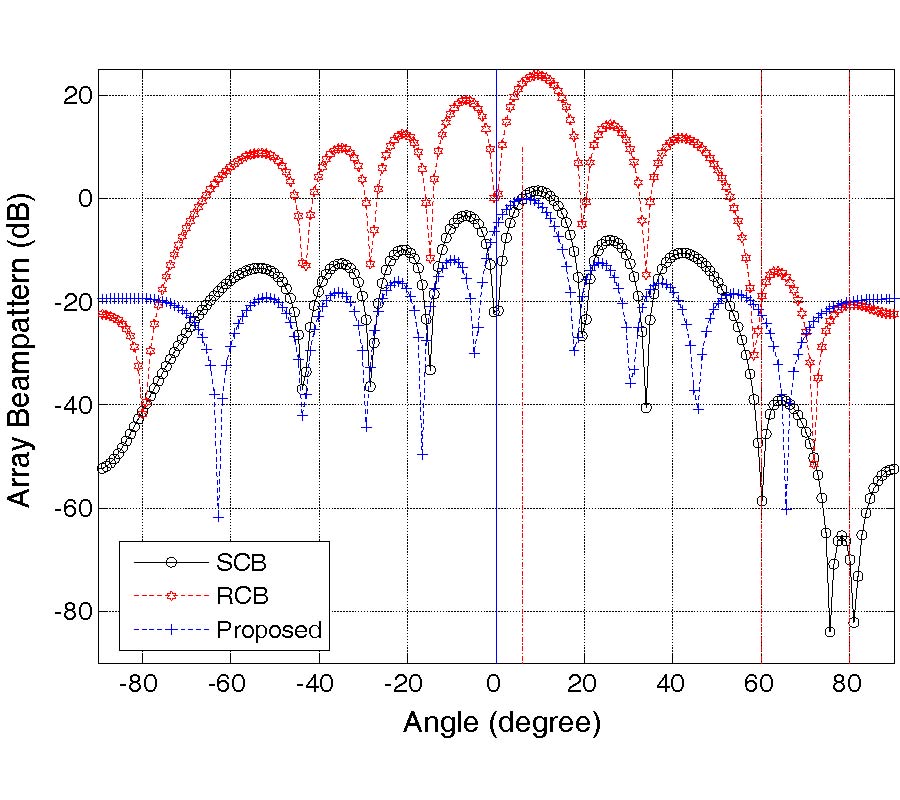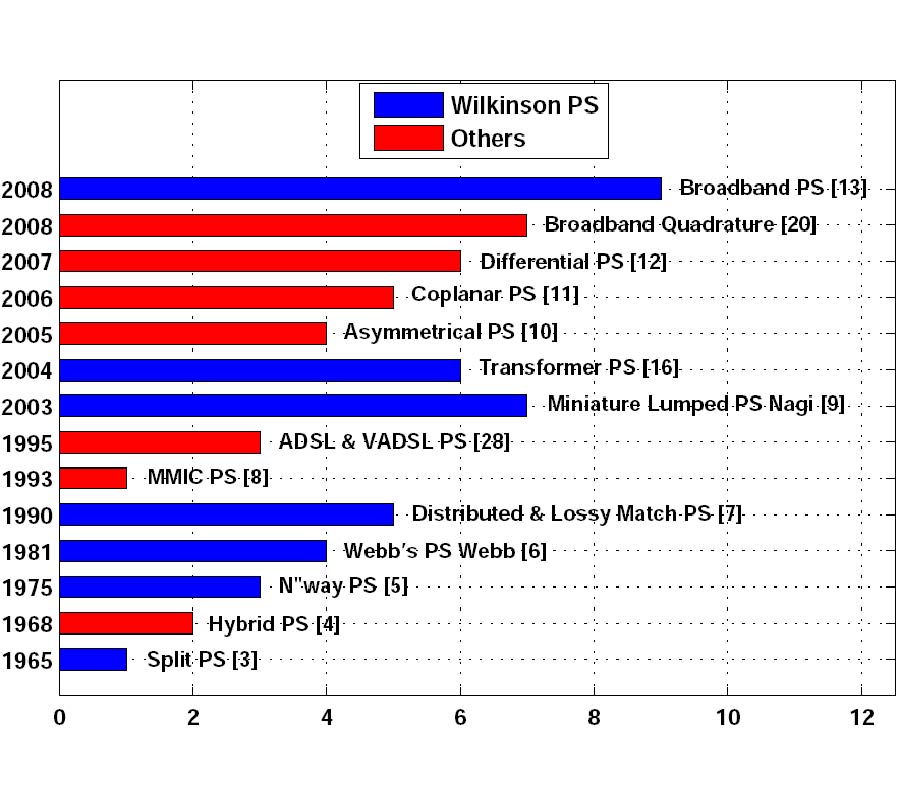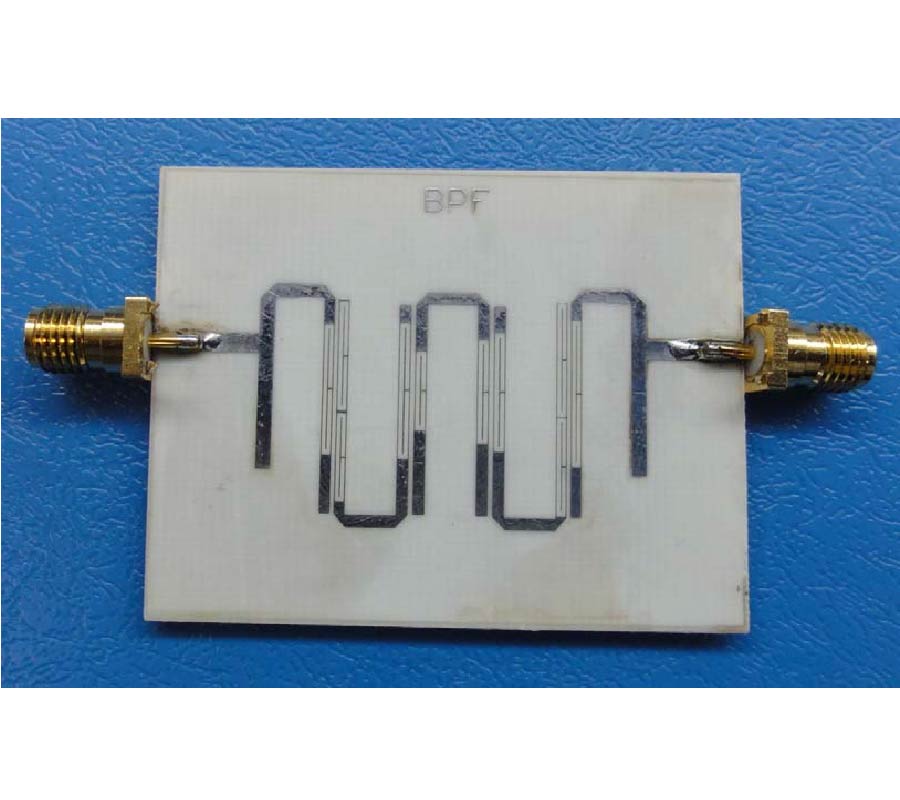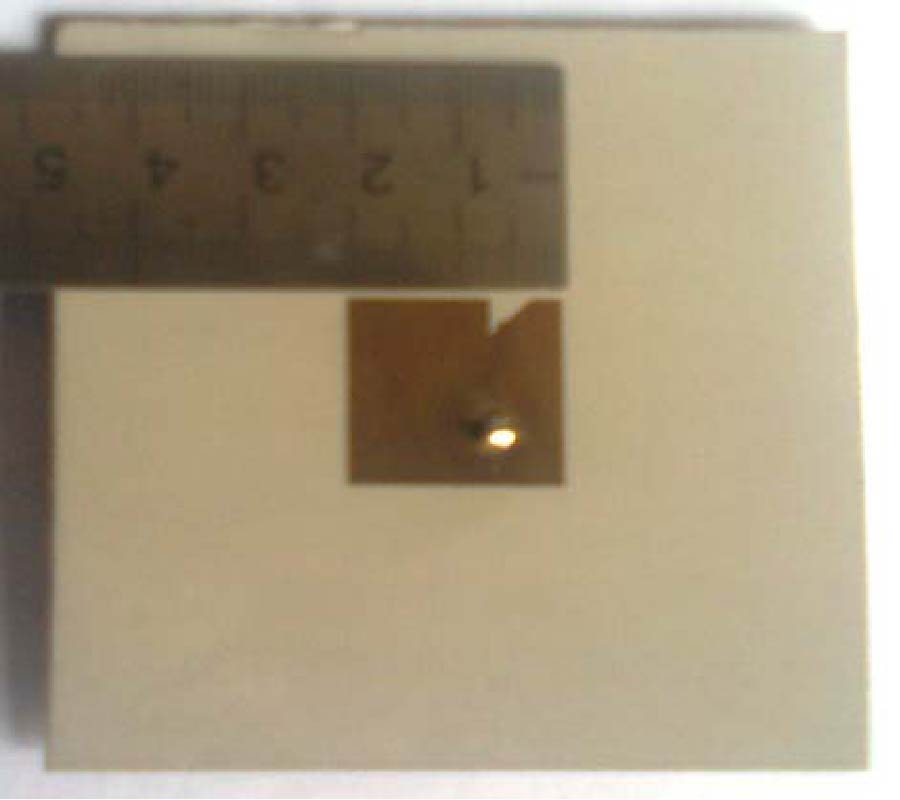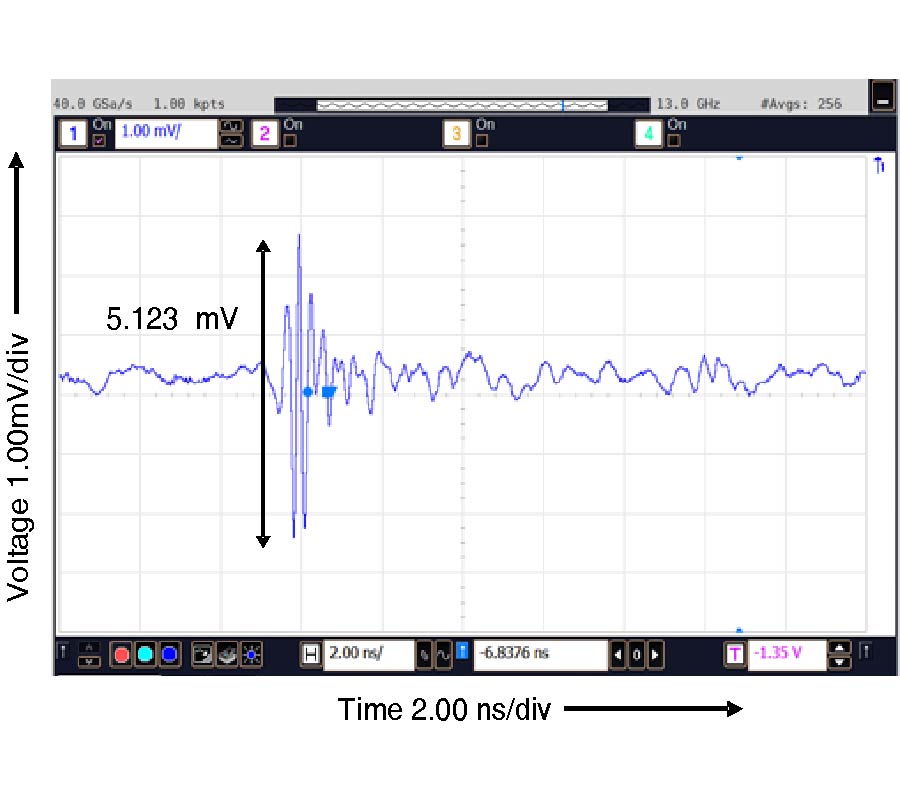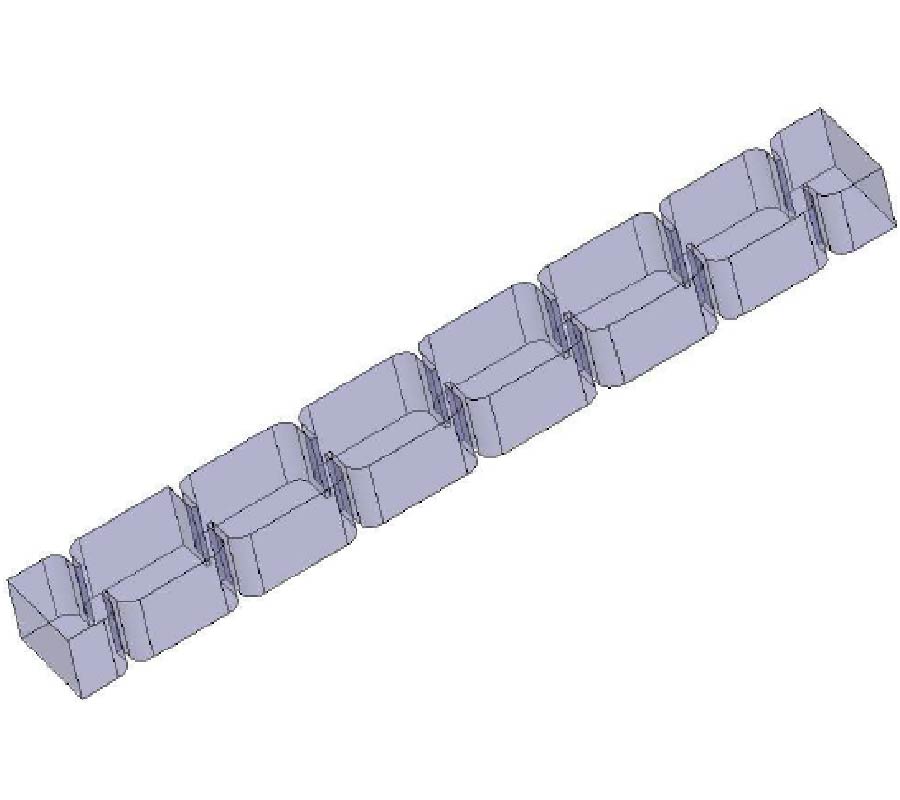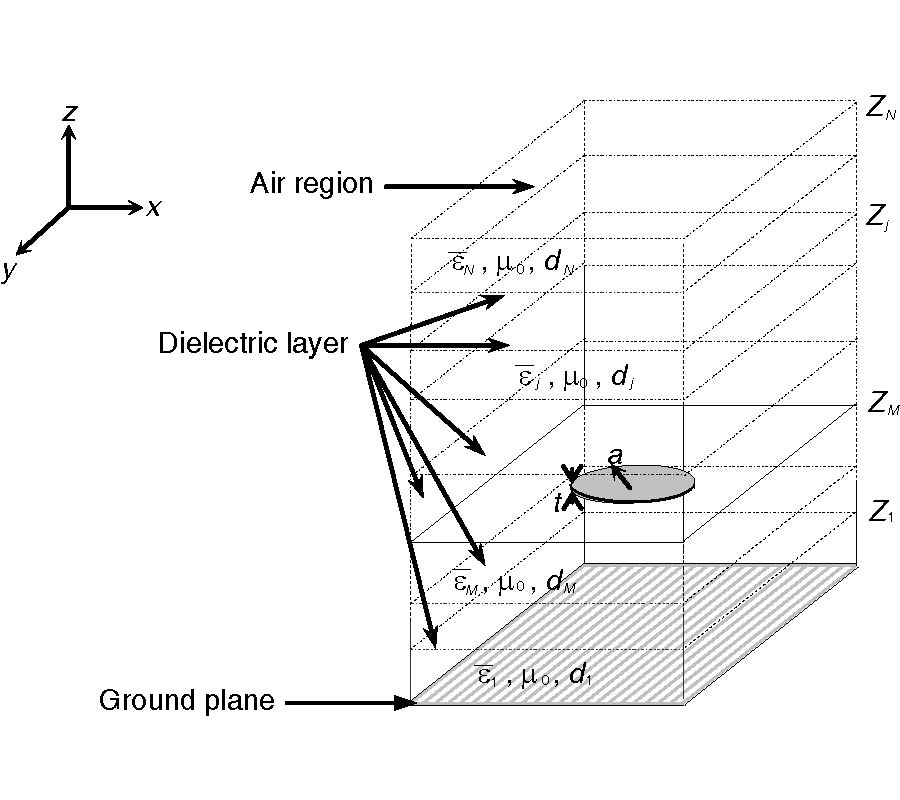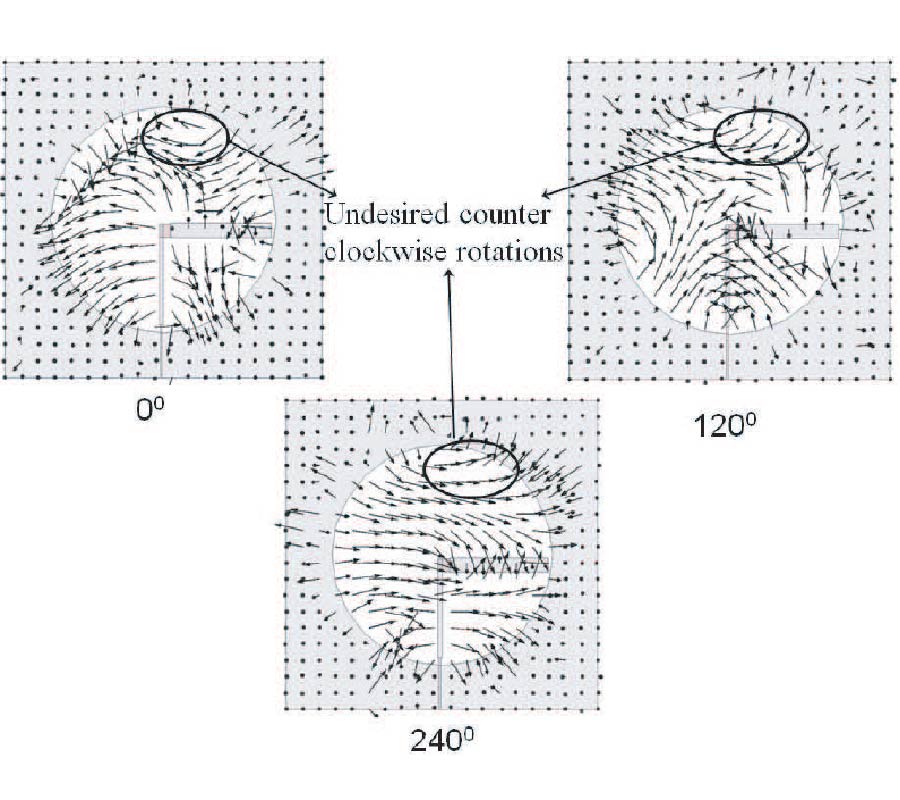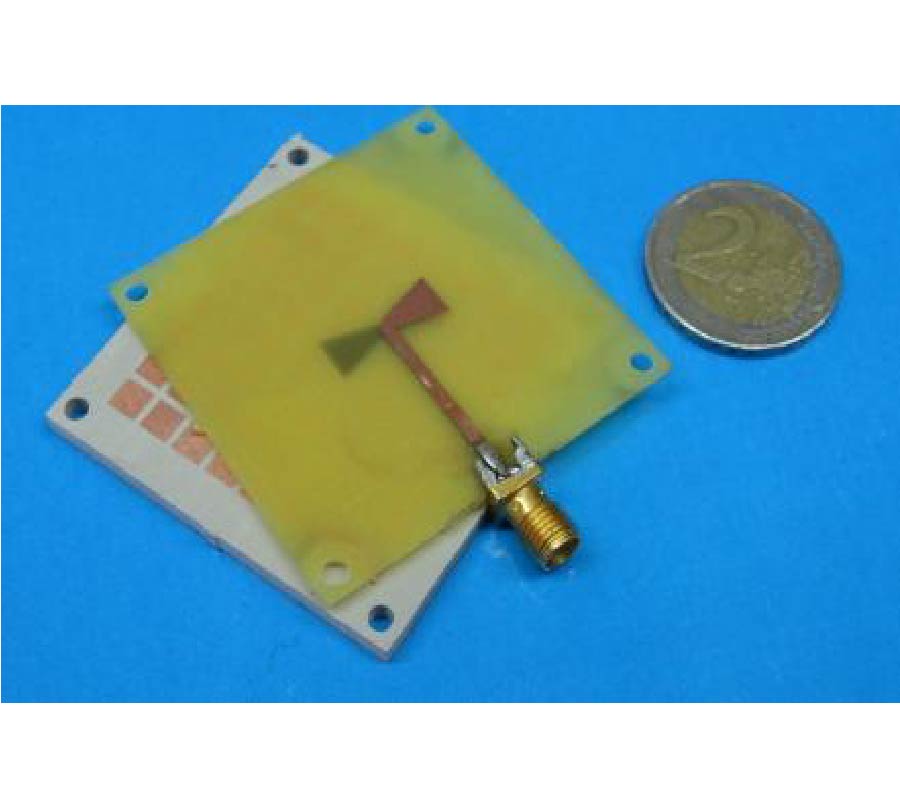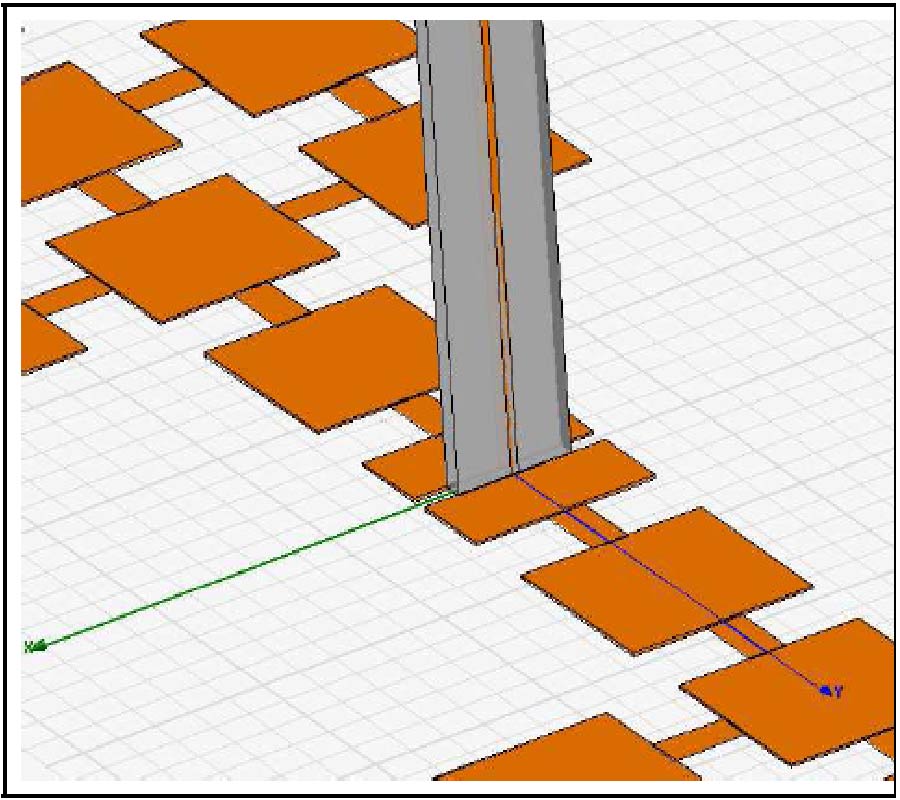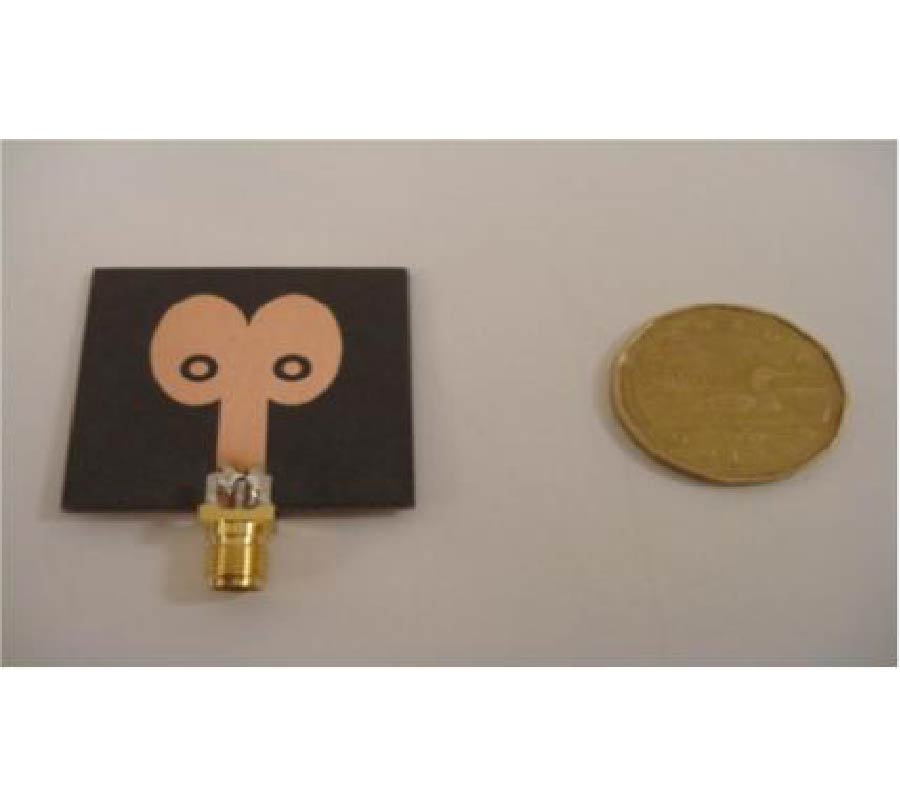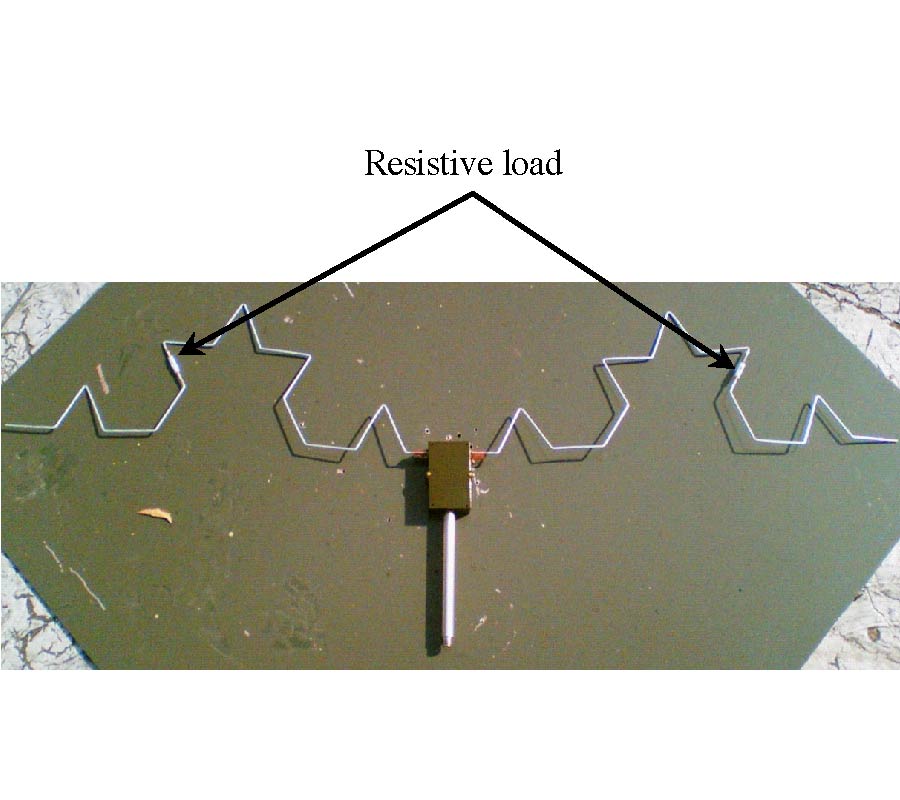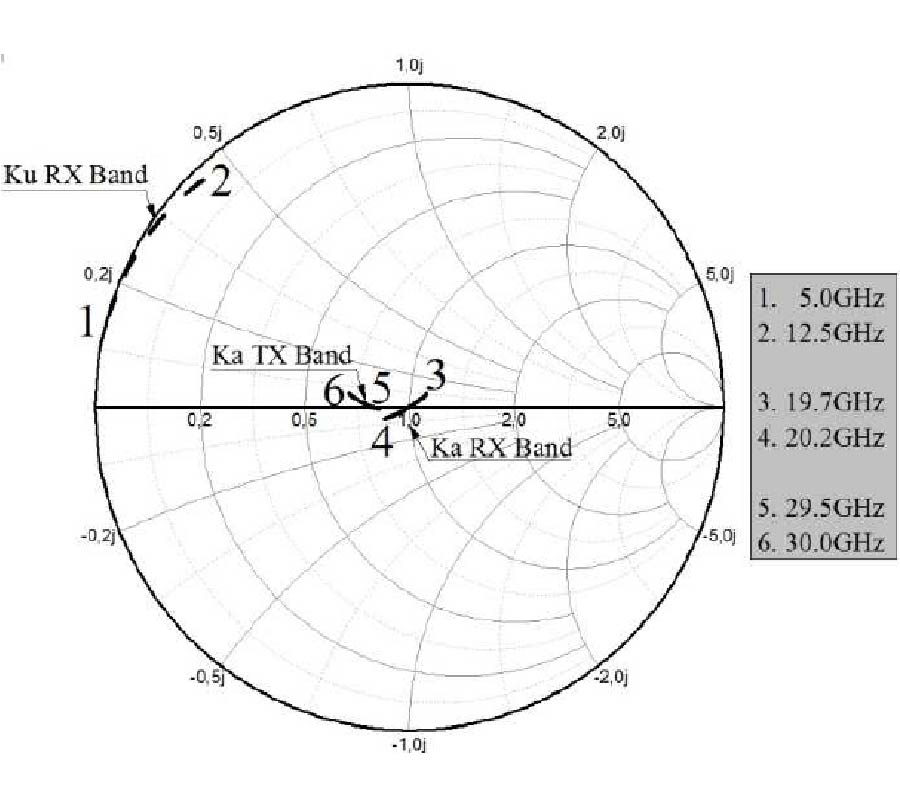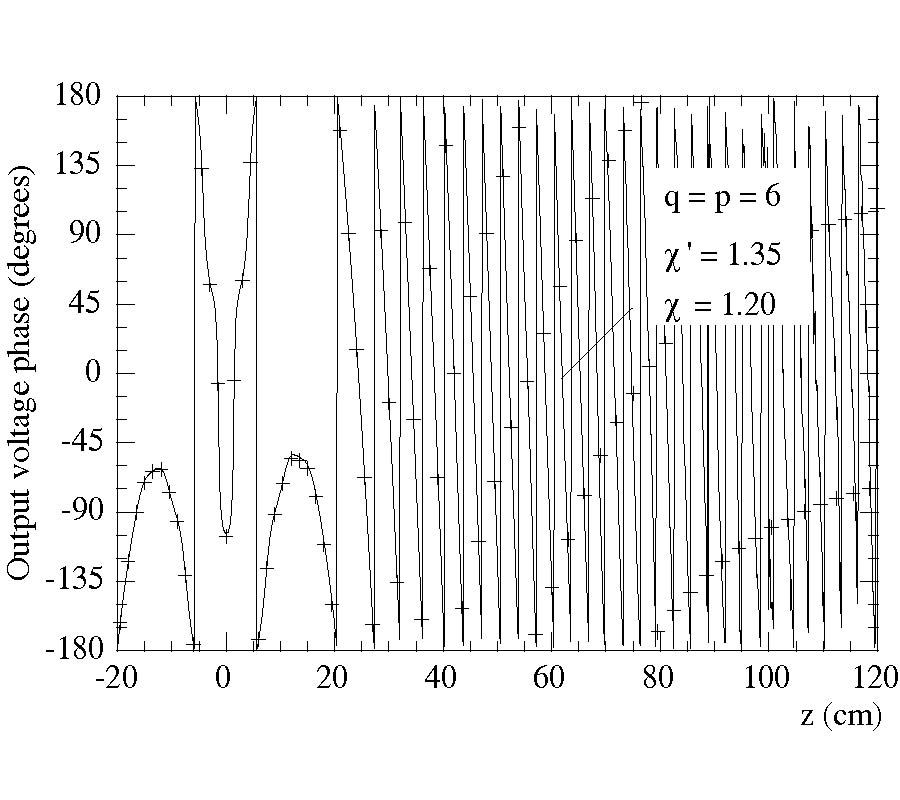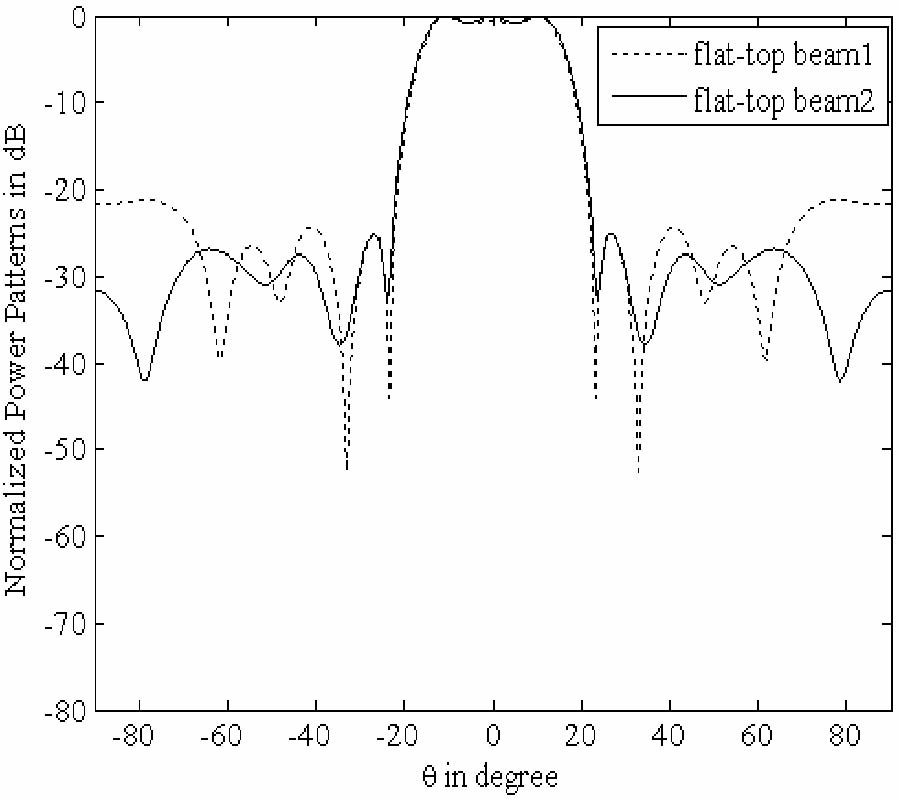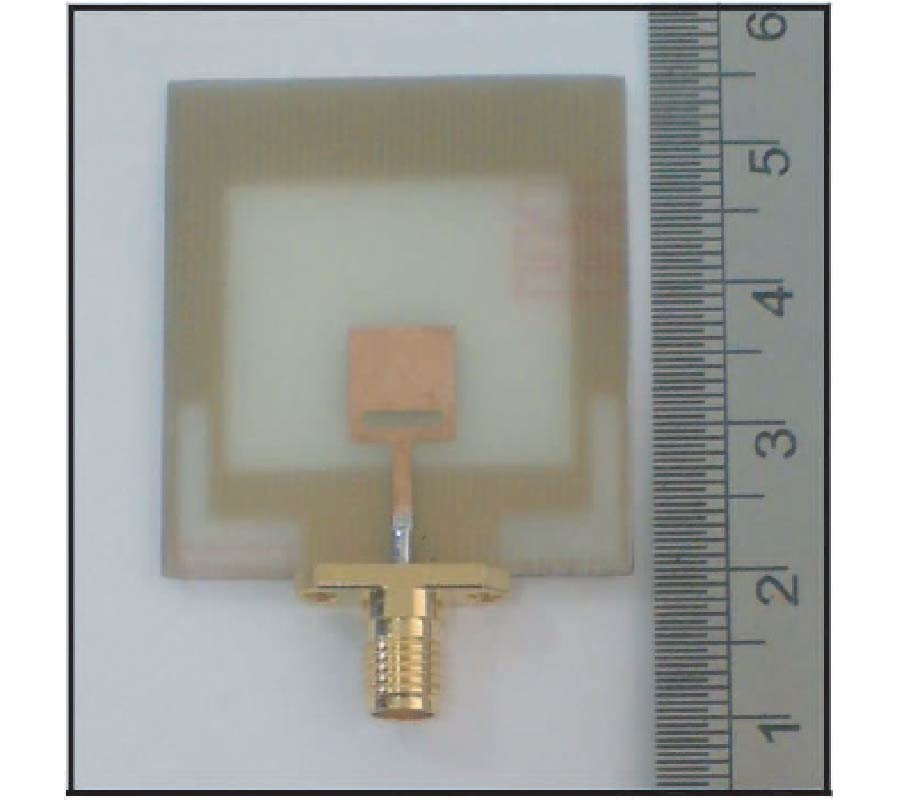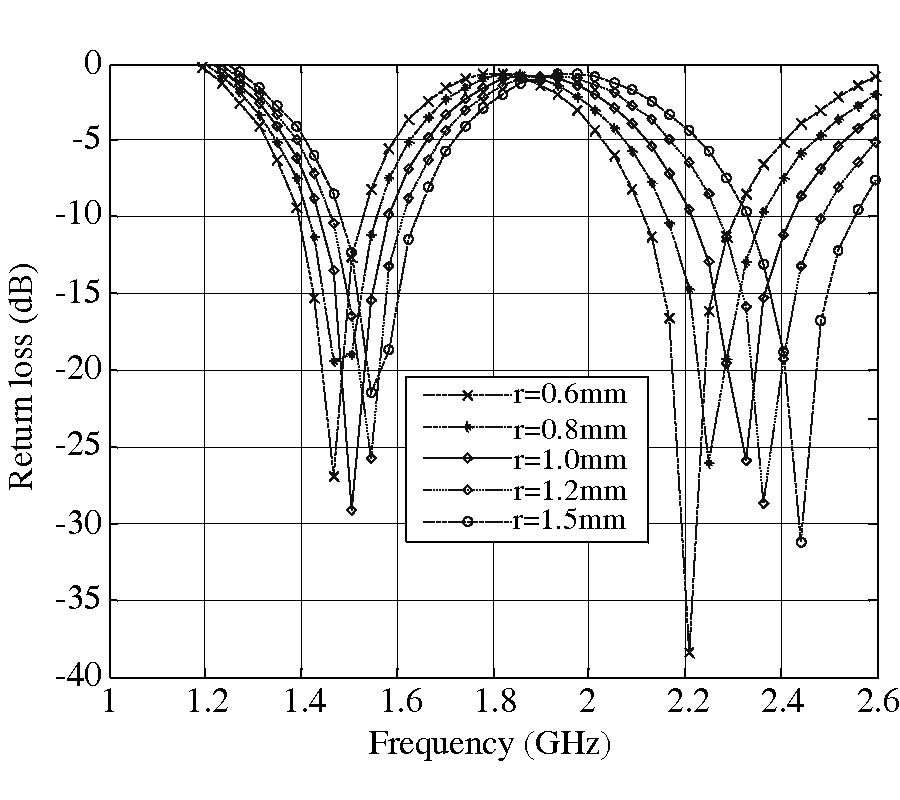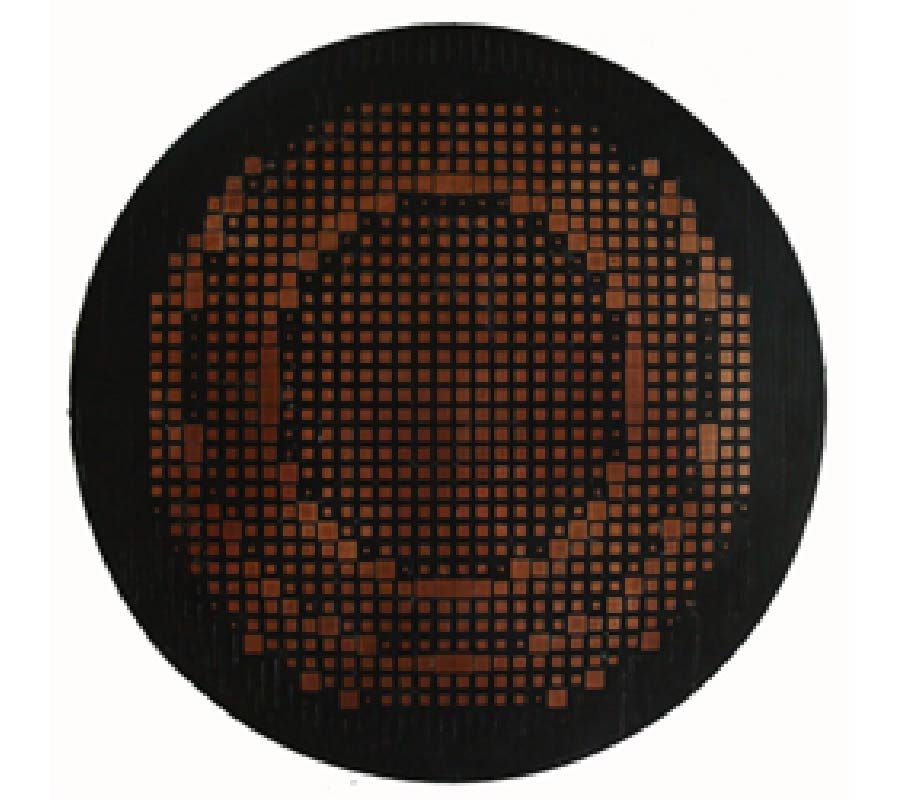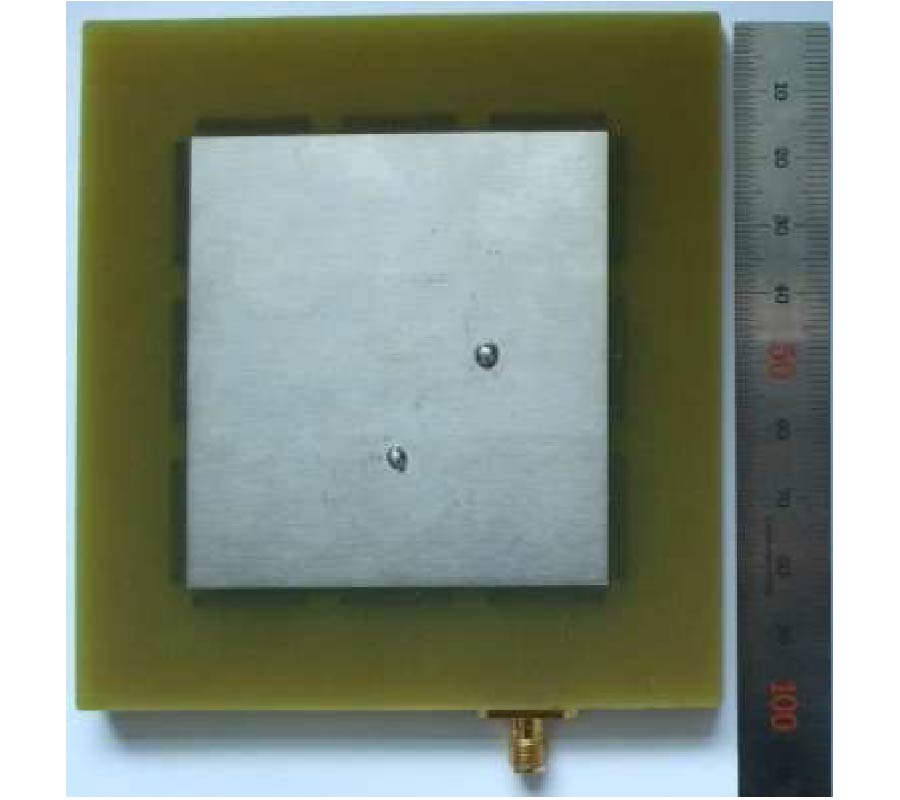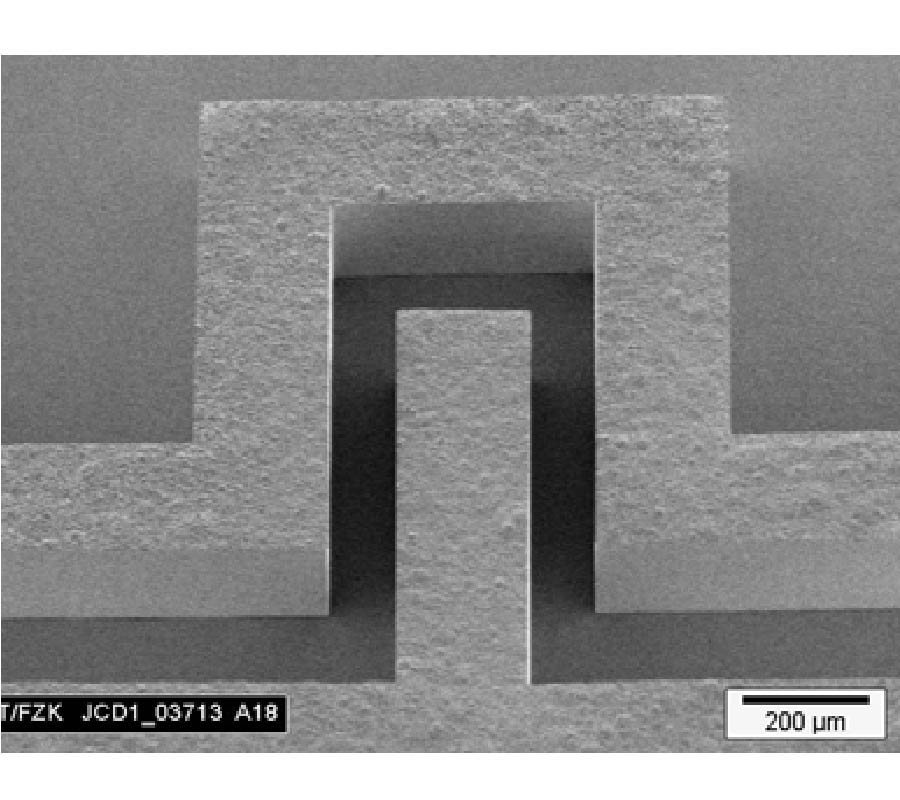Power Splitter Architectures and Applications
Majid Jalalifar and
Jasim Uddin
In order to use power splitter for communication and real world applications (e.g., telephony performances, antenna designs, wireless communications, digital communications, optical communications, CATV transmission systems, airborne systems), studying the nature and characteristics of the splitter is important. The purpose of this paper is to review and discuss various techniques aimed to develop the power splitters component and remove its interference. This paper further focuses on the review of future implementation techniques and performance comparison along with their applications. Some of the applications are illustrated at the end of the paper, and recommendation for further study is also outlined. This review serves as a comparative studies and reference beneficial for power splitter researchers and for future implementation of the technology. This review paper opens a corridor for researchers to perform future comparative studies between different architectures and models as a reference point for developing more powerful, flexible and efficient applications.
